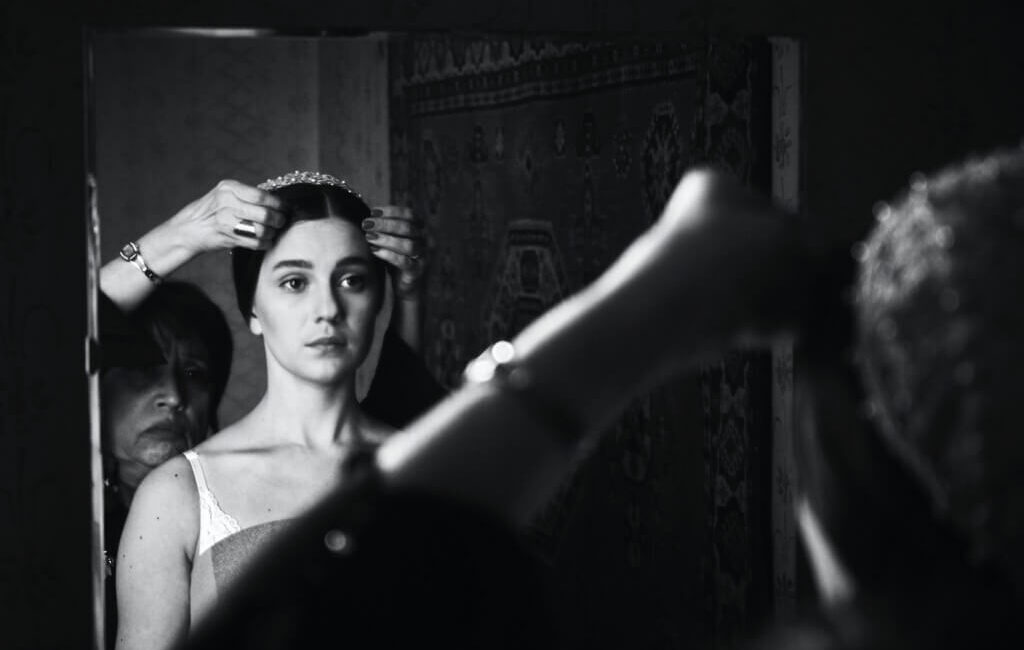- CCTV Setup Guide, Why You ShouldInstall It - February 6, 2024
- Did Fidel Castro Almost Join MLB? - November 28, 2023
- Chastity Belt Myth of the Middle Ages - November 27, 2023
Contrary to popular belief, the iconic image of medieval chastity belts – iron contraptions designed to preserve a woman’s fidelity – is more myth than historical fact. This article delves into the origins and realities of this enduring myth, exploring how it has captured our imagination and why it persists in popular culture.
While chastity belts appear in medieval texts and art dating back to the 15th century, these representations are now considered allegorical or satirical rather than documentary evidence of their actual use. For instance, a German print from the late 1500s humorously depicts a woman handing her husband a key to a chastity belt, while another man lurks in the shadows with a duplicate key, symbolizing infidelity and the futility of such devices.
The myth of the chastity belt likely originated from ancient Rome, where brides wore a Herculean knot as a symbol of chastity, untied by their husbands on their wedding night. This practice, however, did not involve any physical device like a belt. The concept evolved over centuries, with the earliest depictions of actual chastity belts appearing in Konrad Kyeser’s 15th-century military engineering book, ‘Bellifortis’. However, these depictions were accompanied by satirical commentary, suggesting they were not meant to be taken seriously.
Historians like Albrecht Classen and Lesley Smith have debunked the existence of medieval chastity belts, citing the lack of concrete evidence and the impracticality and health hazards of such devices. Most examples in museums are believed to be 18th or 19th-century fabrications, created as curiosities or jokes. This modern misinterpretation and fascination have contributed to the myth’s persistence in popular culture.
Despite overwhelming evidence against their historical use, the myth of the chastity belt continues to fascinate and amuse. It endures as a symbol of medieval and gender history, reflecting broader themes of control, fidelity, and the perception of women in society. Its presence in literature, art, and modern media underscores our continued interest in and romanticization of the medieval era.
The common misconception surrounding chastity belts, largely believed to have been used in medieval times to prevent sexual intercourse, contrasts sharply with the broader, more nuanced concept of chastity. Chastity, as defined traditionally and in religious contexts, encompasses more than just physical abstinence or the prevention of sexual relations.
Chastity in Its Varied Forms
Chastity is traditionally understood in three forms: that of spouses, widows, and virgins. Each form is valued equally within many religious teachings, emphasizing that chastity is not merely a physical state but a moral and spiritual discipline. This understanding elevates the concept from a mere physical constraint to a personal virtue encompassing integrity, faithfulness, and self-control.
Origins and Biblical Perspective of Chastity
The concept of chastity has deep roots in religious teachings, particularly within the Christian doctrine. The Bible, for instance, advocates for abstaining from fornication, viewing chastity as a moral directive aligned with the will of God. This perspective highlights chastity as an integral part of spiritual and moral conduct, far removed from the physical and often misunderstood concept of chastity belts.
Chastity Belts Statistics
- One popular myth suggests chastity belts were used during the Crusades to ensure the faithfulness of knights’ wives. However, credible evidence shows these devices did not exist before the 15th century, well after the Crusades ended. Their actual use seems to have started in the Renaissance, not the medieval period, debunking the myth of their widespread use during the Crusades.
- While figures like Gregory the Great and Alcuin of York made references to chastity belts, these were metaphorical, not literal. The first actual mention of a device that could be interpreted as a chastity belt is found in Konrad Kyeser’s “Bellifortis” (1405), which included a drawing described as “iron breeches.” However, this and other references are believed to be satirical or humorous.
- Chastity belts displayed in museums, such as the Musée de Cluny in Paris, are now thought to be inauthentic, dating from the 19th century rather than medieval times. This realization led to the removal of many such exhibits to avoid misrepresenting history. Contemporary historians generally agree that these displayed artifacts do not represent actual medieval devices.
- In the 18th to early 20th centuries, chastity belts were mentioned in Western medical journals as devices to prevent masturbation, believed at the time to be harmful. Various anti-masturbation device designs were patented in the U.S. until the early 1930s when the medical perception of masturbation changed.
- Some working women in the 19th century may have used chastity belts as a form of protection against sexual assault, but not for extended periods due to hygiene concerns. The belts were designed for short-term wear and were not the same as the medieval myth suggests. There were also more extreme versions designed to physically harm a potential assailant.
Historical Misconceptions on Gender Perceptions
Debates arise over how historical inaccuracies, like the myth of medieval chastity belts, shape modern perceptions of gender roles. While some argue that correcting such myths is crucial for an accurate understanding of women’s historical experiences, others contend that these stories, even if inaccurate, can symbolically represent past gender dynamics and continue to influence present-day gender discussions.
Museums Perpetuate Historical Myths
Museums have been known to display chastity belts as medieval artifacts, which raises questions about their responsibility in perpetuating historical myths. While one side argues for the importance of accurate historical representation in educational institutions, others suggest that these displays, even if inaccurate, serve as tools for engaging discussions about historical perspectives and societal evolution.
Ethical Implications of Fabricating Historical Artifacts
The creation and display of inauthentic chastity belts in the 18th and 19th centuries open a debate on the ethics of fabricating historical artifacts. Critics argue that such practices mislead the public and distort historical understanding, while proponents might suggest these fabrications offer insight into the values and interests of the periods in which they were created, reflecting contemporary social and cultural attitudes.
The chastity belt myth brings into focus the role of gender studies in reinterpreting historical narratives. While some emphasize the importance of revisiting historical accounts to challenge gender stereotypes and biases, others question whether contemporary values and perspectives should be applied retroactively to interpret historical phenomena.
The utilization of the chastity belt myth in art and literature sparks debate. Some view the artistic representation of such myths as a creative exploration of historical themes and human behavior. In contrast, others argue that perpetuating these myths through art and literature reinforces outdated stereotypes and misconceptions about historical realities and gender dynamics.
The story of the chastity belt is a prime example of how myths can overshadow historical realities, shaping our perception of the past. It serves as a reminder to approach historical narratives with a critical eye, distinguishing fact from fiction.

